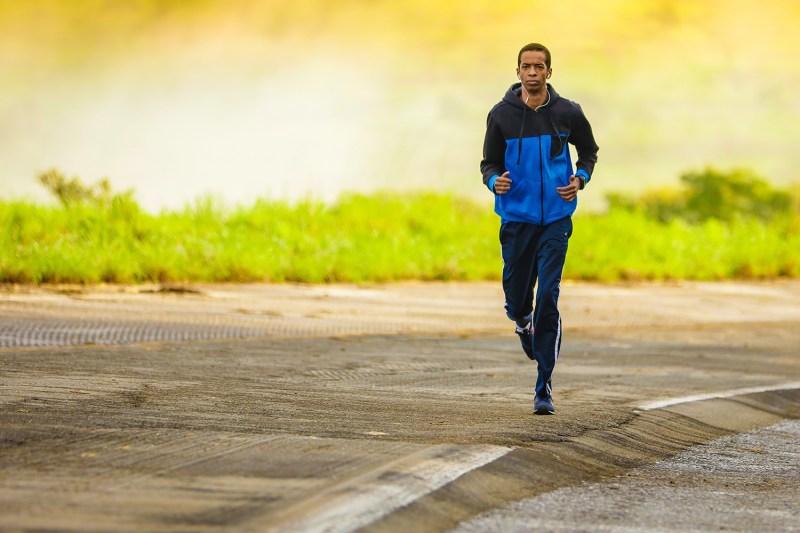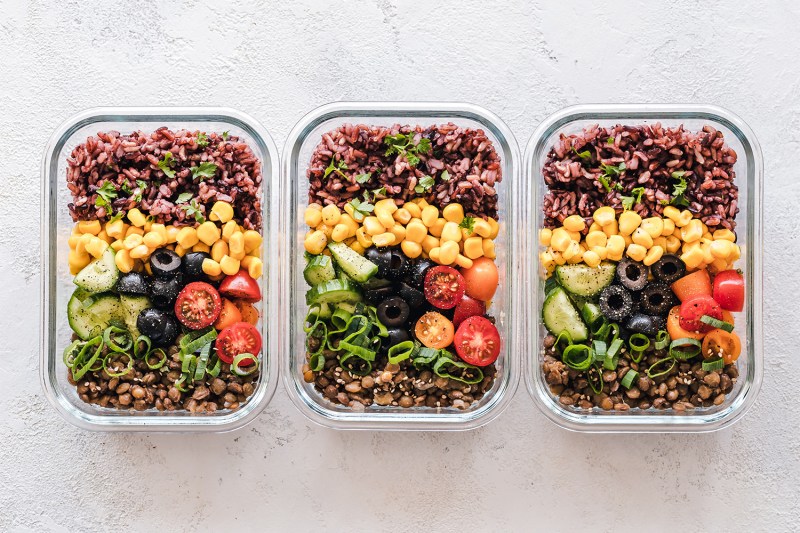Running is an enjoyable, exciting way to stay healthy, to help maintain your weight, and to escape a pursuing polar bear, pickpocket, or slowly collapsing building. (Polar bears hit top speed at around 18.5 miles per hour, FYI, so go ahead and sprint at your own top speed if you see one.) But while millions of people take to the sidewalks, trails, and roads for a run each and every day, many of us are doing it wrong.
If you want to improve your running, increasing your speed and endurance and reducing the chance of injury, then you need to take these simple tips to heart. Or you could go get yourself a running coach — they know all about this stuff, too.
Choose the Right Shoes

Always choose the right shoes for the conditions. That’s trail runners for the trail, track cleats for the track, and so on. You can go with a minimalist shoe or a more traditional option, there’s plenty of latitude here, but choose a shoe designed and rated for the use at hand. And spend the time and money to find a pair that fits your foot well, creating no friction or pressure points. Your running shoe should be comfortable with minimal break-in, but don’t get too attached to those comfy new kicks, as you should replace running shoes after approximately 300 miles of use.
Shorten Your Stride
Chances are that most strides you take when moving at faster speeds are longer than they need to be. Overly long strides needlessly tire you out and increase the possibility of an injury. Your natural stride length can be determined by leaning forward until you need to stick out one leg to arrest your fall. Think of it like this: if that’s the length of each stride, then gravity is doing much of the work. Stretch much past that, and you’re burning energy and tiring your muscles. This adjustment can take a huge difference in your endurance.
Do Interval Sprints
At least three times a week, you need to hit your top speed five or six times during your run. Or actually, you should shoot for 95% output, saving that last 5% for the whole polar bear escape thing. Or a competitive race. The best way to sprint is not from a standing start, but from a jog. Increase your speed steadily until you hit that proverbial high gear, and then maintain your speed between three to five seconds. Then slow down and walk or jog it out, giving yourself a least a minute before you speed up again. Repeat these speed bursts several times a day a few days a week, and you will get faster, it’s as simple as that. (Remember to never start your workout with sprints; you need to be loose and warm, or you will hurt a muscle, pretty much guaranteed.)
Don’t Skip Those Other Workouts

The stronger your core is, the better support the rest of your body gets. The stronger your legs are, the more power they’ll deliver and the less energy they’ll consume. It’s simple stuff, really: don’t skip the squats, the crunches, or any of the rest of it. Even if you aren’t looking to get ripped and really just love running, occasional strength training exercise is worth the time and effort. (OK, you can skip the bench press, but a few curls will help keep your arms serving as perfect counterweights.)
Coming In For a Landing
Your heel should not be the first part of your foot to hit the ground as you run. That needlessly shocks bones and joints with each step and is a great way to get both acute and chronic injuries. You should land on the middle of your foot, which helps distribute the “strike” evenly and also helps propel you into the next stride. Keep your feet under you to ensure proper landings; your new, shorter stride will help with this.
Cut Weight
News Flash: the more you weigh, the more work it takes for your body to move you around. If you are already at a BMI that makes you happy, then disregard this point. If, however, you are relatively fit but also a bit hefty, cut calories for a while. Cutting calories is much more effective than working out harder or longer when it comes to weight loss, and once you lose some weight, your run will naturally improve because, hey, less you to carry on those legs of yours!
Eat Right

Along with cutting weight comes giving yourself the proper nutrition for exercise. If you exercise regularly, then you need to get at least a quarter of your calories from protein. And make sure not to skip all carbs — especially complex carbs — as they give you the slow burn you need while running longer distances. Try to eat a small, healthy meal with plenty of protein and some carbs an hour before your run, and eat a serving of protein after, too, to help rebuild and restore.



